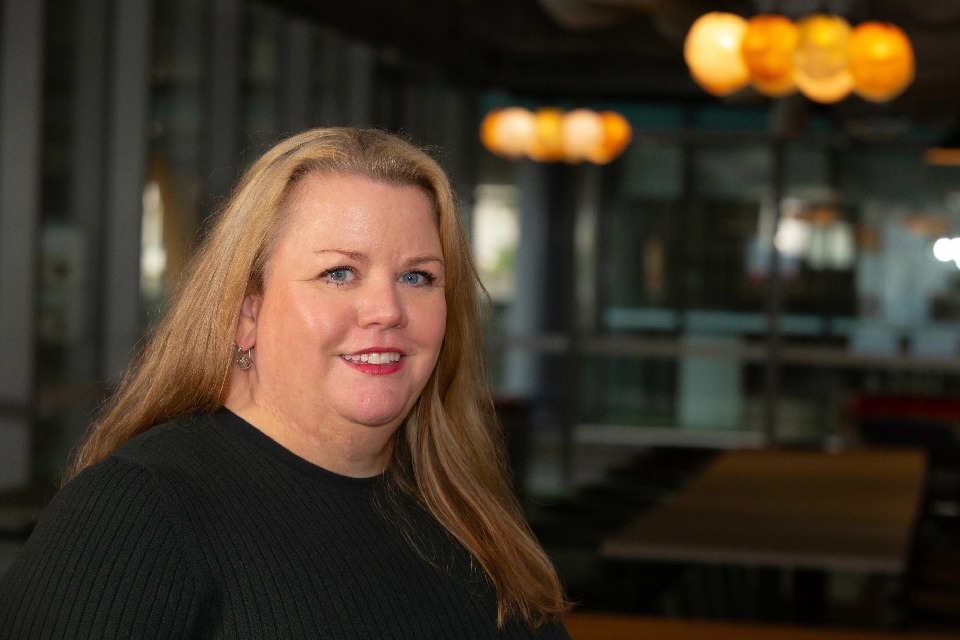
Higher apprenticeships reimagined for lifelong learners
If Australia is serious about addressing skills shortages and rapidly changing technology and labour markets, lifelong learning must become a practical reality, not an abstract goal says Mish Eastman.
In Australia, higher apprenticeships are gaining currency as an innovative “earn and learn” model. This approach brings together an applied vocational pedagogy and apprenticeship-style delivery model in qualifications and disciplines thought of as “non-traditional”, such as advanced diplomas, associate degrees and bachelor’s degrees across community services, engineering and advanced manufacturing.
Employers are realising that qualifications once regarded as only for tradespeople, today’s higher apprenticeships or degree apprenticeships, can offer mid-tier para-professional workers access to skills without forcing them to choose between retraining and income.
A higher apprenticeship takes the framework of a traditional apprenticeship, where employment comes first, then study is undertaken while employed. The study load, duration and work/study mix will depend on the discipline and qualification undertaken in the model. Industry co-design is the core ingredient for success in designing and delivering a successful programme.
RMIT has run several successful higher apprenticeship programmes that prove there is significant industry interest in a work-integrated training model that includes pathways for both emerging and existing mid-tier managers and leaders.

Delivery model for higher apprenticeships
A great example of this is the Higher Apprenticeships Pilot (HAP) for the social service sector, which provided an integrated programme of structured learning that incorporated elements of a traditional apprenticeship programme.
Of the 24 who started the HAP, 21 participants saw it through to completion, a qualification rate of 87.5 per cent and one significantly higher than the projected 47 per cent completion rate for government-funded qualifications undertaken by domestic students in Australia.
Based on these encouraging results, the Victorian government partnered with RMIT to design and deliver an integrated programme that would respond to the Royal Commission’s call for better training in workplace settings for the social services sector at a much larger scale. For new workers, it’s an “employment first” approach like a traditional apprenticeship. Those undertaking an upskilling pathway remain in their employment during the studies.
RMIT is now training more than 400 new workers under the Skills in Practice initiative to help the social service sector increase its skilled personal care workforce across the aged care and disability care sectors. Another 380 workers are being upskilled through the Higher Apprenticeships and Traineeships (Social Services) Extension Project to meet the need for more skilled and credentialled disability care workers, and stronger mid-level management capability.
The design and delivery of the programmes considered insights from deep co-design and consultation conducted with partners, participants, clients with lived experience and teaching staff. These included the need for secure work for participants through a traineeship earn-and-learn model, accredited training for leadership and management and a nationally recognised qualification to professionalise the sector. They were clear on the importance of applied learning, allowing for reflective practice, workplace coaching and peer assessment, social learning and networking opportunities, and flexible learning options, including online delivery.
Based on these factors, the delivery model used three integrated pillars:
- Formal education: digital content, workshops and online drop-ins
- Peer learning: micro-learning communities, industry learning and group work
- Workplace experience: learning activities conducted at work, project-based assessments and supervision/mentoring
The resulting delivery model meets the practical and educational needs of participants, employers and education providers, and it equips leaders and managers to meet their workforce challenges.
 Deputy Vice-Chancellor Vocational Education and Vice-President, Mish Eastman
Deputy Vice-Chancellor Vocational Education and Vice-President, Mish Eastman
Critical success factors
1. Co-design
All stakeholders were committed to engage actively in co-designing the teaching, learning and assessment experiences, ensuring they were transferable across employers and relevant to the workplace pressures, demands and context.
2. Nationally recognised qualifications
Critical to all stakeholders was that the resulting qualification was transferable and recognised. The course had to end in a formal vocational qualification, not a non-accredited or bespoke solution that may only be suitable for one employer.
3. Workplace mentor model
Government-funded mentors support the integration of the training with workplace roles and duties, working in partnership with the teachers, students and their employers’ workplace supervisors. This key feature of the programme is supported by employers and is a transferable model that can be applied to many other sectors.
4. Recruitment, onboarding and employment
An assessment centre recruitment model was developed to avoid long onboarding times, which often mean losing high-quality candidates. Using this model, 20 to 30 pre-screened candidates spend 2.5 hours participating in scenario-based activities to test the alignment of their capabilities and values with the job. Afterwards, candidates are made verbal employment offers and referred to the employer for contracting. This approach enables employers to onboard groups of 15 to 25 new workers across two to three weeks, increasing retention through the process.
The casualisation of the aged-care workforce is a huge challenge and remains a barrier to attracting and retaining staff. To create sustainable employment for the projects’ workers, RMIT ensured measures such as short-term and casualised employment to meet job creation targets, or employer offers of insecure employment, were not supported by any of the project participants.
The result
The success of the design, experience and adaptive methodology to date has positively impacted 800 workers:
- 415 new workers joining the sector undergoing sound industry co-designed training to prepare them for initial work and guide them through the first phases of being a Certificate III or IV qualified worker.
- 385 workers upskilled across the social services sector in Victoria.
In addition, 40 key industry partners have been deeply engaged in these initiatives over the past two and a half years.
Mish Eastman is Deputy Vice-Chancellor Vocational Education and Vice-President. This article originally appeared in The Times Higher Education on 4 October 2023
- Education
- Student experience
- Future World of Work


Acknowledgement of Country
RMIT University acknowledges the people of the Woi wurrung and Boon wurrung language groups of the eastern Kulin Nation on whose unceded lands we conduct the business of the University. RMIT University respectfully acknowledges their Ancestors and Elders, past and present. RMIT also acknowledges the Traditional Custodians and their Ancestors of the lands and waters across Australia where we conduct our business - Artwork 'Sentient' by Hollie Johnson, Gunaikurnai and Monero Ngarigo.
More information